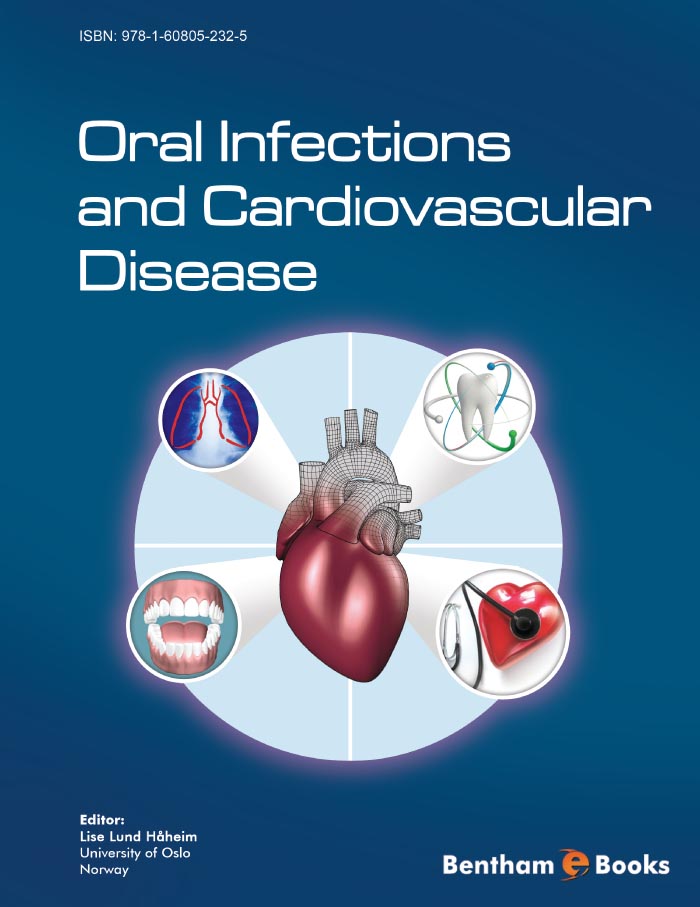In a major paradigm shift with profound implications for disease prevention as well as treatment, physician-scientists have come to realize that the root cause of atherosclerosis includes far more than simple cholesterol accumulation and “encrustation” within the arteries. Rather, following an elegant series of laboratory and clinical observations made over the past quarter-century, inflammation is now seen to play a pivotal role in all phases of atherogenesis. From a basic perspective, a host of cytokines and adhesion molecules involved in both adaptive and innate immunity influence the initial attachment of monocytes to the vessel wall that leads to foam cell creation, the intermediate stage cellular proliferation of the intima that results in arterial narrowing, and plays critical roles in the final rupture of mature plaque resulting in acute luminal occlusion. From an epidemiologic perspective, abundant evidence demonstrates that biomarkers of inflammation are increased among apparently healthy men and women at risk for future vascular disease even when cholesterol levels are low, and that the magnitude of these effects is at least as large as that of blood pressure and cholesterol.
The clinical expression this paradigm shift has been the introduction of screening for high-sensitivity C-reactive protein (hsCRP) as a simple and inexpensive method to both determine vascular risk and better target preventive therapies. In 2008, the JUPITER investigators demonstrated in an 18,000 patient randomized trial that statin therapy cuts in half the risk of heart attack and stroke among individuals with low cholesterol who were nonetheless at high risk due to increased levels of hsCRP. On the basis of that trial, in 2009 the first international guidelines appeared that endorsed use of hsCRP among “intermediate risk” patients in primary prevention, and in 2010 the United States Food and Drug Administration granted approval for the use of statin therapy among individuals with elevated hsCRP, even in the absence of hyperlipidemia.
Where, however, does this systemic inflammation come from and might there be simple non-pharmacologic methods for vascular disease prevention that capitalize on this new information? One enticing area of research has been in the arena of dental infection and chronic periodontal disease, both of which are increased in populations with atherosclerosis. Could it be that the systemic inflammation triggered by poor oral hygiene is among the root causes of atherosclerosis?
In this text entitled Oral Infections and Cardiovascular Disease, Lise L. Håheim and her colleagues expertly address this hypothesis. In opening chapters describing initial observations and population studies, the core epidemiology linking oral disease, cardiovascular risk factors, and vascular event rates is outlined, as is the complex issue of whether such associations are a cause or a result of underlying vascular disease. In this section, the need for large-scale prospective cohort data to more clearly establish a causal association is appropriately noted and the recognition made that other disorders associated with systemic inflammation such as psoriasis and rheumatoid arthritis also place affected individuals at increased vascular risk. This section is followed by core descriptions of oral pathogens and their potential roles as initiators of both local and systemic inflammation. Here, the accumulating evidence linking severity of oral infection to alterations of hemostasis, thrombosis, and endothelial dysfunction are described, as are potential independent mechanisms by which dental infection might result in vascular disease. The final sections of the text deal with genetic predispositions to infection, research tools needed for the field to expand, a review of evidence suggesting vascular benefits in association with improved oral hygiene, and a call for future work to help define causal pathways.
Ultimately, the inflammatory hypothesis of atherosclerosis will need direct testing in a series of randomized trials seeking evidence as to whether or not targeted anti-inflammatory treatments can reduce vascular event rates. One such randomized trial should be clearly conducted within the context of improved oral hygiene. This expertly edited text with contributors widely known in the field provides a concise summary of the scientific rationale for such a trial and should lead to improved health both for periodontal disease patients and for those with and at risk for vascular disease.
Paul M. Ridker, MD, MPH
Eugene Braunwald Professor of Medicine
Harvard Medical School
Director, Center for Cardiovascular Disease Prevention
Brigham and Women's Hospital
900 Commonwealth Avenue East
Boston, MA 02215
USA

